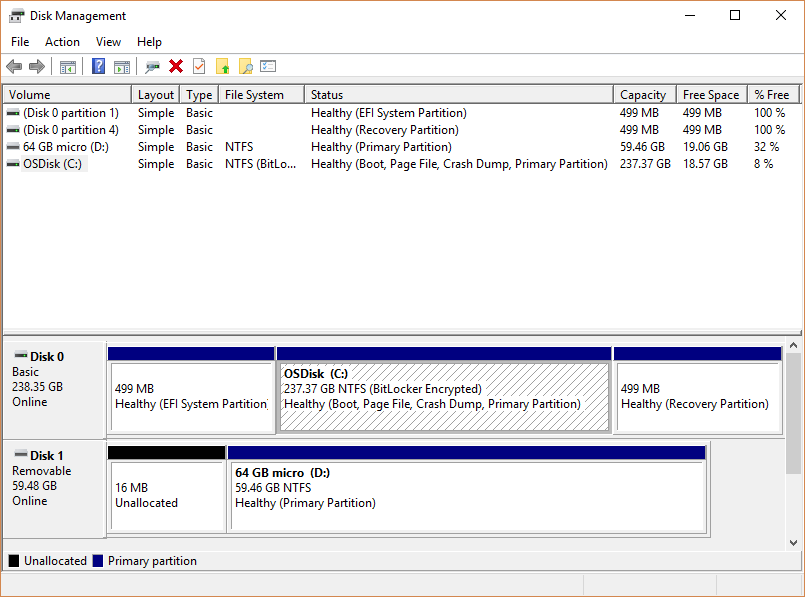

In case the process is unable to complete its task, you will need to reformat the extra space to NTFS to complete this process successfully. Simply click on ‘Yes’ to proceed with the process. Note: If you are trying to change a dynamic drive to a basic drive, then Windows will display a warning message. Click on ‘Next’ to start extending the currently selected Volume.Īnd that’s it! You should now have extended the currently selected Volume to your preferred size. The free space/unused Volume will now be moved to the ‘Selected’ section. If there are unused volumes that can be used to extend the current volume, then they will also show up in this section.Ĭlick on the free storage space you wish to use to extend your current Volume and then click on ‘Add’. You will now see the available free space under the ‘Available’ section. Click on ‘Next’ in this utility to get started. Windows will now fire up the disk management utility.

Start by right-clicking on the Volume that you wish to extend and select ‘Extend Volume’. You should also be able to view all the different volumes currently present on each SSD and HDD. Once open, you will be presented with the homepage where you can see all the currently installed drives on your system. Press Windows + X on your keyboard to open up a list of management tools. Select and launch ‘Disk Management’. Windows will now take care of everything in the background and your selected volume should be automatically extended on your system. Launch the ‘Settings’ app on your system and click on ‘Storage’.Ĭlick and select the volume you wish to extend.Įnter your new size for the selected volume in the dedicated text box.


 0 kommentar(er)
0 kommentar(er)
